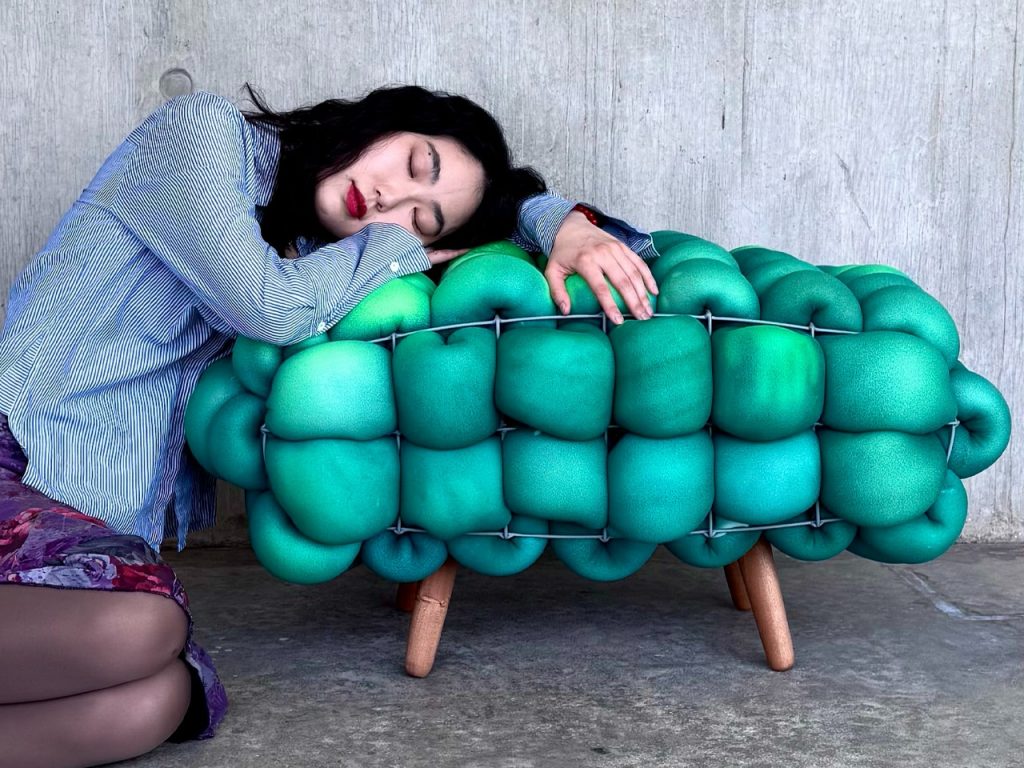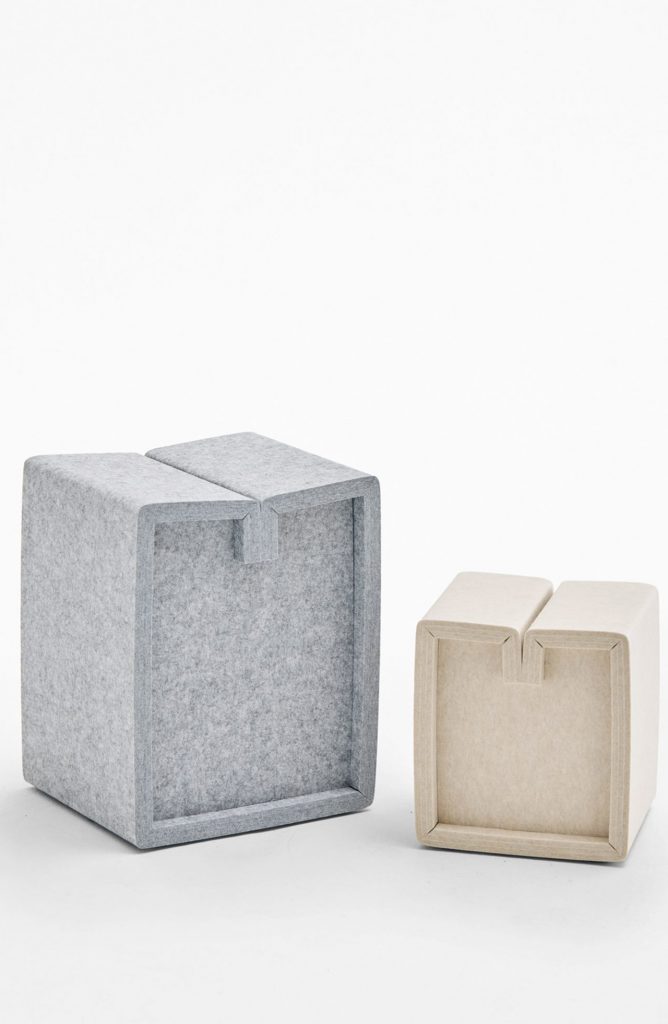Benches are often taken for granted—functional objects that provide a place to rest, wait, or work. But in the hands of visionary designers, even a bench can transcend its humble purpose and become a statement of innovation, sustainability, and style. From high-functioning seating systems to interactive installations and sculptural statements, today’s benches are proving that they can be both innovative and emotionally resonant. Whether it’s for work, reflection, or spontaneous interaction, these benches invite us to sit, pause—and think differently.


PLEGA Seating Collection by Alexander Lotersztain
Having the right seating solutions in offices and schools is more than just about comfort—it’s about creating spaces that encourage collaboration, concentration, and communication. Enter the PLEGA Seating Collection, designed by Alexander Lotersztain for Derlot, a series of stools and benches that bring ergonomic intelligence and visual calm to bustling environments like classrooms and co-working hubs.

PLEGA Seating Collection by Alexander Lotersztain
At its core, PLEGA champions sustainability and adaptability. Constructed with Autex Acoustics’ Cube™ material, a sound-dampening felt made from 60% recycled polyester, the seating provides not only tactile comfort but also helps reduce ambient noise—a crucial benefit in modern, open-plan spaces. Each piece ships flat-pack and can be easily assembled, reducing environmental impact and offering high flexibility for evolving interiors.

PLEGA Seating Collection by Alexander Lotersztain
What makes the PLEGA series truly stand out is its cuboidal form, which encourages modular usage. These benches and stools can be rearranged for quick team huddles or pulled apart to create individual workstations. Certified by WELL, LEED, BREEAM, and Green Star, the collection proves that responsible design doesn’t have to compromise on aesthetics. Available in muted pastels and both adult and kid-friendly sizes, PLEGA fits seamlessly into both offices and educational institutions.


PLEGA Seating Collection by Alexander Lotersztain
As Derlot puts it, PLEGA embodies “a harmonious blend of adaptability and form,” signaling the future of seating in contemporary learning and work environments. With its flat-pack functionality, lightweight design, and understated color palette, it sets a new benchmark for what seating furniture can—and should—be.

Pangolin Bench by Jacob Walls (also header image)
While PLEGA addresses the practical and sustainable needs of shared environments, some designers use seating as a canvas for sensory experimentation and emotional engagement. The Pangolin Bench by London-based artist and designer Jacob Walls is not only visually stunning. Designed by Jacob Walls, it transforms the simple act of sitting into a visually interactive experience.

Pangolin Bench by Jacob Walls
Drawing inspiration from mood rings and thermochromic materials, Walls created a piece of furniture that reacts to body heat—leaving behind fleeting handprints, silhouettes, and touch marks. As users sit or lean, the bench changes color, effectively recording each interaction in real-time. These ghostly imprints slowly fade, creating a living memory of every moment.
At the heart of the design is the use of industrial foam offcuts, a material typically destined for landfill. Rather than hide the foam beneath fabric or upholstery, Walls embraces its raw texture, using it as both structural support and artistic surface. This sustainable approach not only reduces waste but also highlights how overlooked materials can be elevated through intentional design.

Pangolin Bench by Jacob Walls
Each Pangolin Bench is hand-colored using thermochromic dye, a process that requires deep understanding of both pigment chemistry and surface behavior. The application is precise, ensuring consistent and responsive color changes across the entire bench. The result is a surface that feels tactile and expressive—where every brushstroke plays a role in the bench’s evolving visual story.

Pause Bench for Asplund by Broberg & Ridderstråle
Swedish design duo Broberg & Ridderstråle offers yet another kind of luxury: the subtle beauty of a quiet pause. They have created something deceptively simple with the Pause Bench for Asplund. Intended as a “zen-like” seat, the Pause bench encourages users to sit, take a moment, and—true to its name—pause. Its minimalism isn’t just aesthetic; it’s philosophical.

Pause Bench for Asplund by Broberg & Ridderstråle
Crafted from lacquered oak veneer and solid oak, the bench balances clean lines with natural texture. It’s available with or without armrests and comes in four subtle finishes, including white stain and charcoal. Its design allows it to live gracefully behind a sofa, in a hallway, or at the foot of a bed—adaptable without being anonymous.

Pause Bench for Asplund by Broberg & Ridderstråle
But its restraint is intentional. As Asplund’s creative director Sandra Adrian Asplund notes, the bench uses “a seemingly simple but high-quality material with obvious natural details” to bring tactility and warmth to spaces often lacking in nuance. The craftsmanship invites closer inspection, rewarding users not with spectacle, but with calm.